You probably think that you need to lift weights for all of your muscle groups, including the chest, back, shoulders, biceps, triceps, and core, to have a strong body. While lifting weights is important and effective in strengthening the upper body, there are other exercises that work to improve muscle mass and result in stability, endurance, and flexibility. This article highlights five exercises for upper body workout that will produce a strong, balanced, and injury-free upper body.
Best Exercises for Upper Body Workout
1. Push-ups
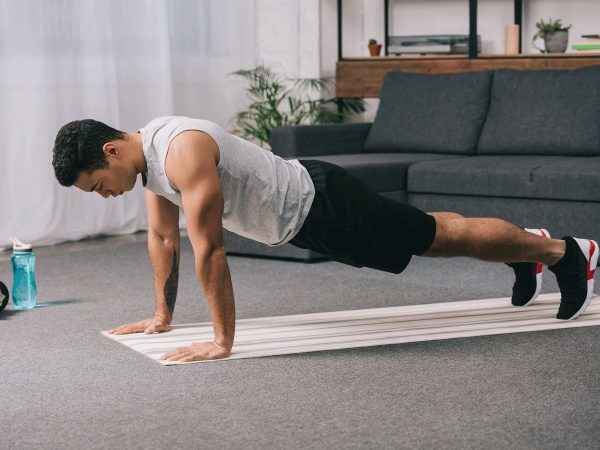
Push-ups are a simple and effective bodyweight exercise that do not require equipment. They strengthen the upper body, lower back, and core by engaging the abdominal muscles. Push-ups involve multiple muscles of your upper body, such as your chest, shoulders, triceps, and abdominal muscles.
Since they do not require equipment, they can be adjusted to meet your physical ability or to target specific muscles.
Benefits
- Protecting the shoulders and lower back from injuries.
- Improving balance and posture.
- Improving body flexibility for better performance in sports and other athletic activities.
- Increased bone density, which makes bones stronger.
Method
- Start in a plank position, face-down with your body straight.
- Place your palms flat on the ground, positioned beneath your shoulders. Your feet should be together behind you and your back should be flat. Maintain a straight posture from head to toe.
- Slowly lower your body toward the floor until your chest or chin touches the ground.
- Push your arms up until they are fully extended and your back is in the plank position.
- Repeat the downward movement and work your way up again as you build your strength.
2. Bear Crawl
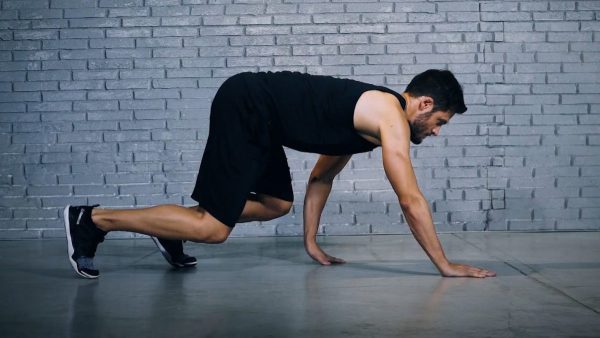
The bear crawl is one of the most challenging bodyweight exercises. It works the entire body by engaging the core, shoulders, chest and back, glutes, quadriceps, and hamstrings, and is usually a part of high-intensity exercise programs.
Benefits
The bear crawl has some scientifically proven benefits, which include:
- Improved body awareness and movement skills.
- Burning more calories.
- Improved mental health such as boosted visual vigilance, listening skills, and working memory.
- Develops core strength.
- Supports shoulder health.
Method
- Position your wrists under the shoulders, your knees under your hips, and press your toes firmly into the ground.
- Lift your hips slightly so that the weight of your body balances on your hands and toes.
- Keep your back straight and strong, and then move forward by moving your right hand and left leg in a crawling motion. Your knees should stay elevated.
- Continue in this crawling motion for your desired number of sets or distance.
3. Bench Presses
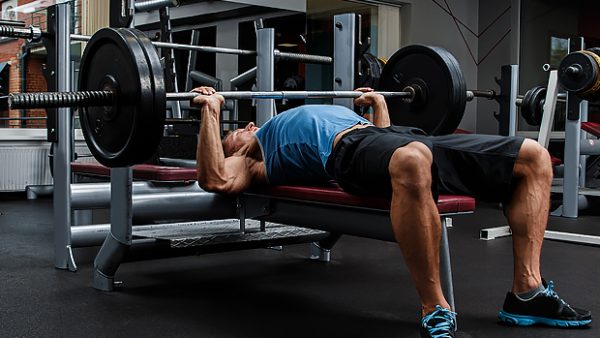
The bench press is an exercise that strengthens your upper body while engaging the pectorals, arms, and shoulders. It is a compound exercise (an exercise that works multiple muscle groups simultaneously and mainly targets the upper body muscles).
There are different variations of the bench press that work for different muscle groups. They include lying flat or lying at an incline or decline. A well sought-out workout regime usually consists of two or more variations of this exercise per workout.
Benefits
- The bench press works with several different muscles in your upper body leading to increased upper-body strength and improving muscular endurance.
- Supports healthy bones.
- It is one of the most flexible exercises that is incredible for strength development.
Method
It usually involves lying on a bench and pressing weight upward using either dumbbells or a barbell. For a bench press, you remove the barbell from the rack and lower the weight down to chest level. This is followed by forcefully pressing upwards with the arms extended. This movement is considered one repetition.
4. Weighted Dips
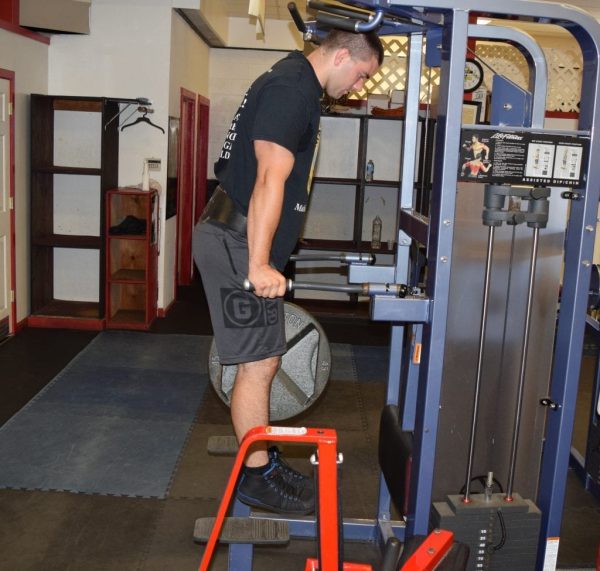
Weighted dips are a challenging and highly effective exercise for upper body training. They are performed on a dip machine that is also called dip stands, dip stations, or parallel bars.
For a complete upper body workout, weighted dips are paired with exercises like bench presses and pull-ups.
Benefits
- Increased muscle mass in the chest, triceps, shoulders, and back.
- In addition to increased muscle mass and upper body strength, they increase body flexibility, especially in the shoulders and wrists.
- Prevents injury to the joints by strengthening them.
Method
It is easy to injure yourself while doing weighted dips, which is why it is advisable to do them under the supervision of a trainer.
- Wrap a weighted belt around your lower waist or hold a dumbbell between your legs for resistance.
- Mount the dip bar facing outward and hold onto the bars with your arms and elbows straight.
- Inhale as you slowly lower your body while your torso slightly moves forward. Once you feel the stretch in your chest, exhale and slowly pull yourself upwards to the starting position.
- Repeat the movement for the required number of sets.
5. Mix-Grip Pull-Up
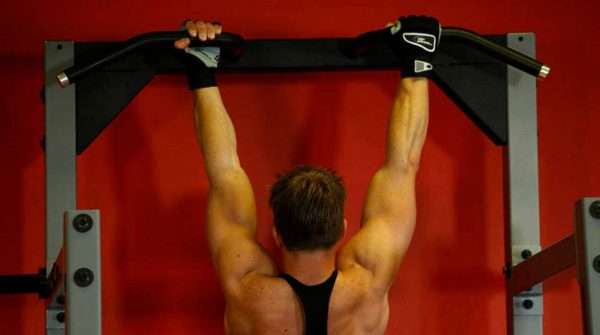
A mix-grip pull-up is a different and slightly better version of pull-ups. It is less intense than a pull-up but more intense than a chin-up. The uneven grip places your body in a state of rotation, and resisting the rotation strengthens your core and upper body muscles.
Benefits
- The mix-grip pull-up is an advanced variation of the standard pull-up that improves back, arm, and grip strength.
- It improves anti-rotational strength leading to improved performance in sports like golf, tennis, rock climbing, and bowling.
- Studies have found that resistance exercises like pull-ups reduce visceral fat and abdominal fat.
Method
- Grab a pull-up bar with one palm facing your body and the other facing away from your body. Your hands should be shoulder-width apart.
- Stretch your arms to a fully extended position.
- Tighten your core and pull yourself up until your chin clears the bar.
- Pause and slowly lower yourself to the starting position.
Note: Consult your doctor before attempting any of these exercises to reduce the chances of injuries or other conditions. Always begin your workout with a five-minute warm-up to get your body started. You can also modify or skip an exercise that causes pain or discomfort.







